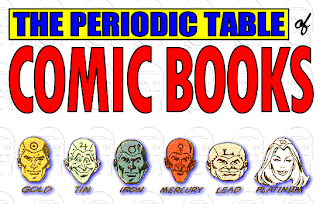Edistorm 
View an introductory video:
http://www.edistorm.com/users/welcome
On the surface, Edistorm reminds me of Wallwisher. Edistorm has some additional features and abilities that make it very useful in the classroom. Just like Wallwisher, you brainstorm and collaborate using virtual sticky notes. Edistorm gives you a place to organize ideas in a real-time interactive wall. Virtual sticky notes can each have their own color and can be organized in vertical or horizontal groupings. Edistorms can be created independently or with others in a collaborative effort. Edistorm features an idea bot that works at the bottom of the screen offering suggested ideas based on what students add to the sticky notes in the work space. There are a variety of bots including a rhyming bot, thesaurus, and related words. Creating public and solo storms is always free. Creating private storms requires a subscription.
Tip: Edistorm requires an email address for sign up.
Edistorm takes away the idea of sticky notes on a wall and makes it virtual. Brainstorm, think out ideas alone or with friends; plan out anything you like with Edistorm. Use virtual sticky notes in Edistorm to come up with a multitude of ideas all on one site. There is also an APP available for smart phones.
http://www.edistorm.com/users/welcome
On the surface, Edistorm reminds me of Wallwisher. Edistorm has some additional features and abilities that make it very useful in the classroom. Just like Wallwisher, you brainstorm and collaborate using virtual sticky notes. Edistorm gives you a place to organize ideas in a real-time interactive wall. Virtual sticky notes can each have their own color and can be organized in vertical or horizontal groupings. Edistorms can be created independently or with others in a collaborative effort. Edistorm features an idea bot that works at the bottom of the screen offering suggested ideas based on what students add to the sticky notes in the work space. There are a variety of bots including a rhyming bot, thesaurus, and related words. Creating public and solo storms is always free. Creating private storms requires a subscription.
Edistorm in the classroom: Edistorm offers an opportunity for students to brainstorm, collaborate, and group ideas. Students can use Edistorm to brainstorm ideas for writing, research, for grouping ideas, and collaborating on group projects. Create an Edistorm for your students and ask them to group like ideas, sort, and expand on thoughts. This could be done for any historical event, literature, science concept, and even phonics. Students could practice spelling by typing out their spelling words along with a sentence or synonyms on sticky notes. Then, they can group words by spelling pattern or common phoneme blends. Create an Edistorm of sticky notes with English words and sticky notes with a foreign language word on them. Students can work together to group words with their meanings. In math, create Edistorms with word problems on one color of sticky note and answers on another set of sticky notes. Students can work to create groups of problems and their solutions. Edistorm can be used for whole class activities using an interactive whiteboard, the class can brainstorm together and collect ideas or use the grouping feature in an activity created by the teacher or students.


































